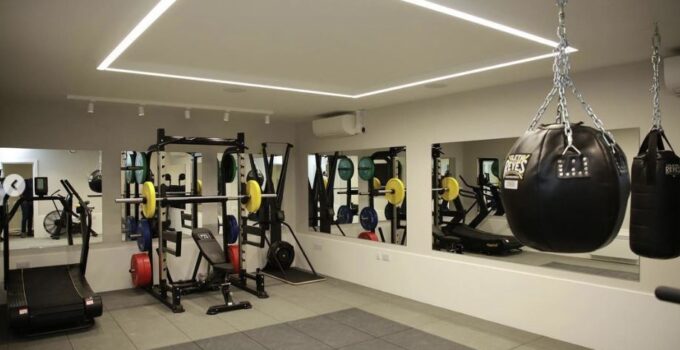Preventing water damage in a basement gym is not just about protecting the space itself; it’s about maintaining the equipment, ensuring safety, and preserving the structure of the home. Many homeowners convert their basements into gyms because it’s convenient and practical, but few realize the risks associated with moisture and water infiltration. Waterproofing must be a priority from the start. Failing to address water issues can lead to damage, mold growth, and potential structural issues.
When setting up a gym in a basement, understanding how to prevent water from seeping in is key. Water damage can ruin gym equipment, create unsafe conditions, and lead to expensive repairs. Moisture issues need to be addressed before setting up your gym. Below are some vital tips on how to ensure your gym stays dry, safe, and free from water-related problems.
Key Points
- Prioritize waterproofing solutions before installing gym equipment.
- Ensure proper drainage and sealing of all entry points.
- Invest in high-quality materials that resist moisture infiltration.
- Regularly inspect your basement for signs of moisture and leaks.
- Use dehumidifiers and moisture barriers to reduce humidity levels.
1. Understanding the Importance of Waterproofing in Basement Gyms
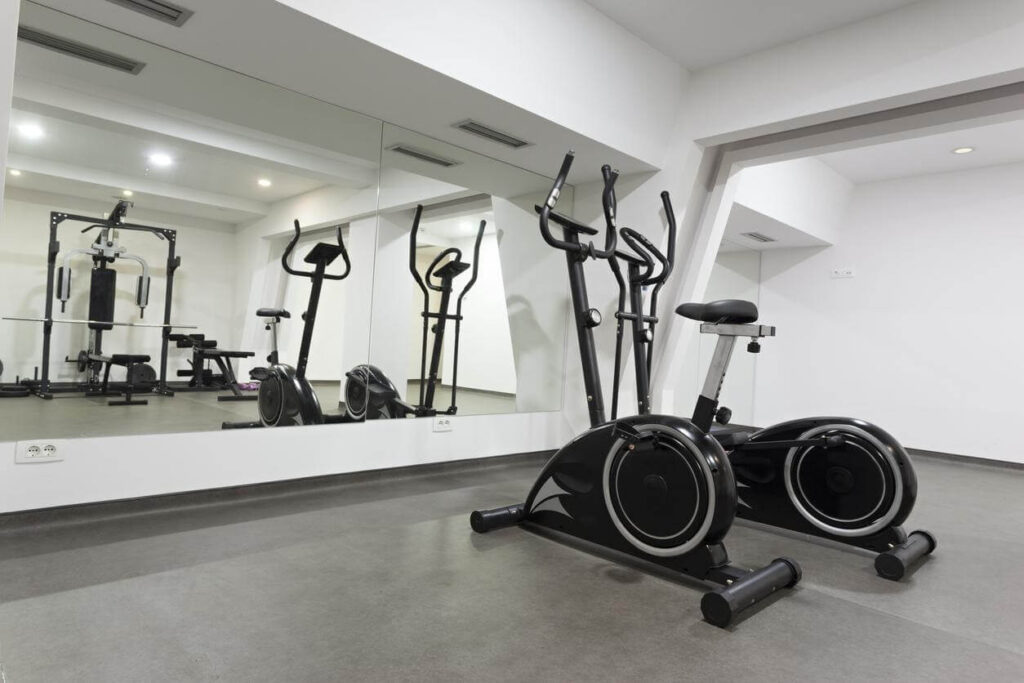
Source: fabglassandmirror.com
Waterproofing plays a crucial role in protecting any basement gym. It ensures that moisture doesn’t invade the space, which can not only damage gym equipment but also promote mold and mildew growth. Basement waterproofing by Moe specializes in keeping basements dry, offering services throughout the Niagara region. If you’re setting up a gym, waterproofing should be a top priority. Learn more about their services here.
The challenge with basement gyms is that they are often below ground level, making them more susceptible to water infiltration. Water can enter through cracks in the foundation, seep through poorly sealed windows, or even come from improper drainage systems. Waterproofing ensures that these issues are addressed upfront.
2. Preventing Water from Entering the Gym
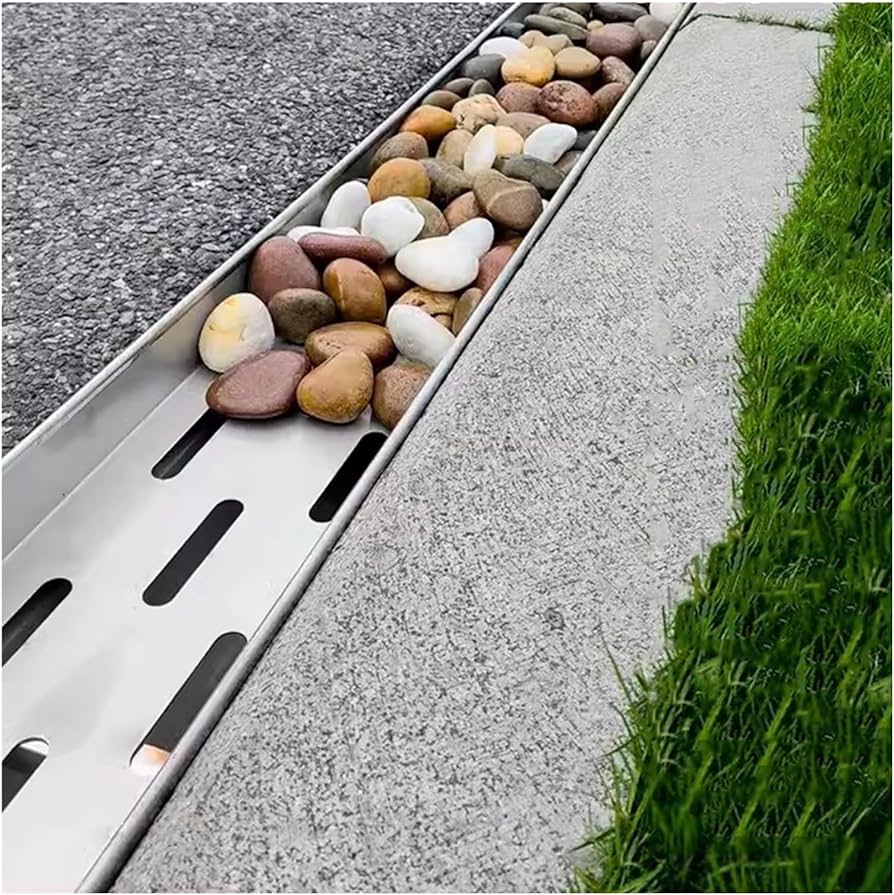
Source: amazon.com
Water can enter a basement in various ways, so it’s essential to identify potential vulnerabilities. Look for cracks in the walls or floor and areas where water could pool near the exterior. Addressing drainage issues outside the home can often prevent water from making its way inside.
To stop water from entering:
- Ensure the ground around the home slopes away from the foundation.
- Install proper drainage systems, such as French drains or sump pumps.
- Seal cracks and gaps in the foundation with waterproof sealants.
- Install window well covers if the basement has windows.
- Use a vapor barrier on the floor and walls before adding gym flooring.
3. Internal Waterproofing Solutions
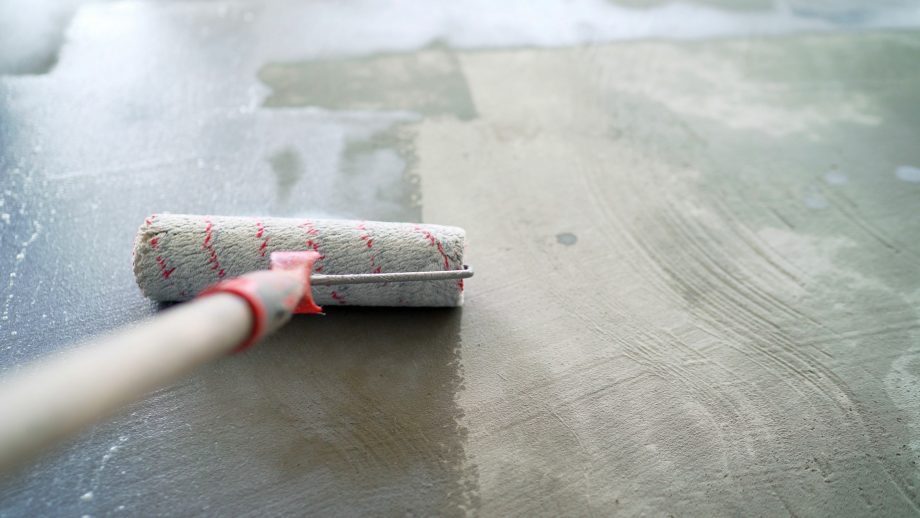
Source: promain.co.uk
Internal solutions for a basement gym are equally important. Start with waterproof paint or coatings for the walls. These products create a barrier that helps stop moisture from seeping through. After that, focus on the flooring. Many people choose rubber mats for gym flooring, but it’s essential to have a moisture barrier underneath. Without it, condensation can build up between the floor and mats, leading to mold growth.
Dehumidifiers are also a must in basement gyms. Even if the space is waterproofed, the natural humidity of a basement can create damp conditions. A good dehumidifier can help maintain the ideal moisture level, preventing any damage to equipment and maintaining a healthy workout environment.
4. Protecting Gym Equipment from Moisture
Moisture can ruin gym equipment, causing rust and deterioration over time. To prevent this, ensure that equipment is placed on non-porous surfaces that won’t absorb moisture. Equipment mats can help, but more importantly, maintaining low humidity levels in the basement will protect against rust and corrosion.
It’s also essential to regularly clean and maintain the gym equipment. Wiping down equipment after each use will prevent moisture buildup. Use protective covers for machines that are not in use, especially if the gym is in a location prone to dampness.
5. Monitoring for Water Damage
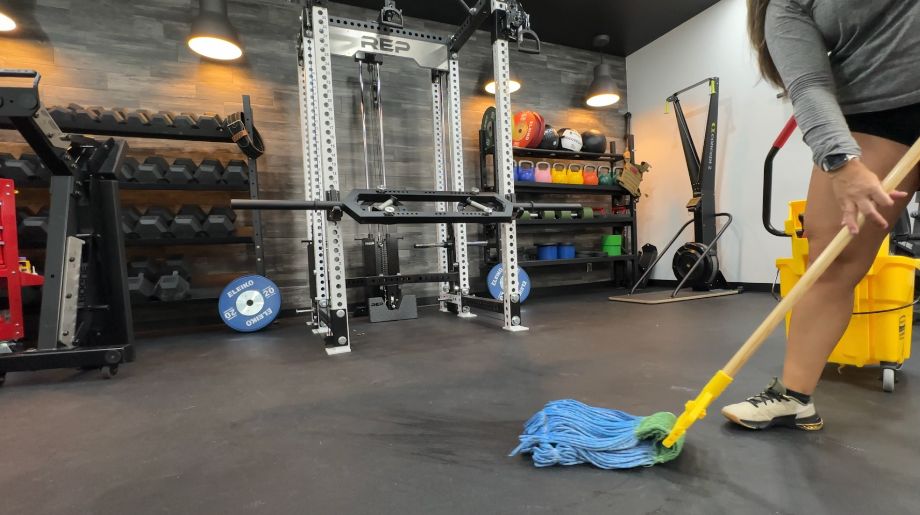
Source: garagegymreviews.com
Once waterproofing is in place, ongoing maintenance is key. Even with top-quality waterproofing, leaks and water infiltration can occur over time. Inspect the gym regularly for signs of moisture. Look for damp spots, water stains, or musty smells, all of which could indicate a hidden water problem.
Install a moisture detector in the basement. These devices alert you if moisture levels get too high, helping you catch potential problems before they cause damage. Being proactive can save you money on repairs and keep the gym environment healthy.
Simple Table: Waterproofing Solutions and Costs
| Solution | Estimated Cost | Purpose |
| Sump Pump | $1,000-$3,000 | Prevents flooding and water buildup |
| French Drain | $2,000-$5,000 | Directs water away from the foundation |
| Waterproof Coating (Walls) | $200-$600 | Seals walls to prevent moisture seepage |
| Vapor Barrier (Floor) | $100-$300 | Prevents condensation under gym flooring |
| Dehumidifier | $150-$500 | Reduces moisture in the air |
6. Dealing with Humidity
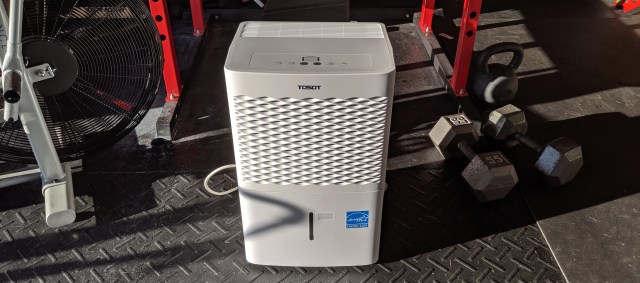
Source: garagegymexperiment.com
Humidity is another issue that plagues basement gyms. Even if there are no visible water leaks, the moisture in the air can still lead to problems. High humidity levels can cause mold growth, rust on equipment, and an overall uncomfortable environment for workouts.
A dehumidifier is the simplest solution. Ensure it’s powerful enough to handle the size of your basement. Place it centrally in the room, where it can most effectively pull moisture from the air. Also, keep the doors and windows closed during operation for maximum efficiency.
7. Long-Term Maintenance and Monitoring
Waterproofing doesn’t end after the initial installation. Long-term maintenance is necessary to ensure that no future water damage occurs. Regularly check the condition of seals around windows, doors, and other potential entry points. Inspect sump pumps to make sure they’re functioning properly.
Also, be mindful of changes in the surrounding landscape. Heavy rainfall, snowmelt, or shifting soil can alter the way water drains around the home. If necessary, adjust the drainage systems to account for these changes and prevent water from reaching the basement.
FAQ Section
1. How often should waterproofing be checked in a basement gym?
Regularly, especially after heavy rain or during seasonal changes. At least twice a year, inspect all areas for signs of moisture.
2. Can gym equipment be permanently damaged by moisture?
Yes, moisture can cause rust and corrosion, leading to permanent damage. Preventing it from happening requires keeping humidity low and ensuring the gym is dry.
3. Should rubber mats be used directly on the basement floor?
No, place a moisture barrier underneath to prevent condensation from getting trapped and causing mold.
4. Is waterproof paint enough to protect a basement gym?
No, it helps, but it’s not a complete solution. A comprehensive waterproofing plan should include drainage systems, sealants, and humidity control.
5. Can I waterproof my basement myself?
You can do some basic measures, but professional waterproofing services are recommended for long-term protection.
Conclusion
Waterproofing is essential for anyone planning to install a gym in a basement. Protecting the area from water damage is necessary for maintaining equipment and keeping the space safe for workouts. By taking proactive steps, including professional waterproofing and regular maintenance, homeowners can avoid costly repairs and preserve the value of their investment.

